

INTRODUCTION
V IDEO IS A POWERFUL VEHICLE for capturing our travel experiences. Its an assault on the senses: image, movement and sound conspire to deliver to the viewer a vivid essence of place and time. Where photography can literally offer only a snapshot of a single moment, video can build a montage of sights, points of view and real-time action. At its best it immerses the audience, making them feel like theyre really there in the moment, hearing the bustle and smelling the aromas for themselves.
There are many factors that contribute to a great travel video, but dont let that put you off. Thanks to a lifetimes exposure to TV and movie culture, adverts and social media video, we all possess an innate understanding of what makes good video. The 52 tips that follow offer an insight into the practical skills you need to make original and entertaining video, from technical know-how and compositional advice to creative suggestions and editing tips.
Whether youre a novice or a veteran videographer, youll find tips here to spark ideas and inspire creativity
You can invest in top-of-the-range cameras, lenses and equipment, but you dont have to. Smartphones can shoot great footage, and editing software is more accessible than ever. The YouTube generation has proven that anyone can connect with an audience; you dont need qualifications or years of experience. Whether youre a novice or a veteran videographer, youll find tips here to spark ideas and inspire creativity for your next trip and beyond.

CHAPTER
BEFORE
YOU GO
TIPS BY Teton Gravity Research * Russ Malkin * Lucy Clements * Nick Ray
WHAT CAMERA?
Lets start with the basics: what cameras guarantee you good-quality video?
One option is to use a Digital Single-Lens Reflex camera, more commonly known as a DSLR. These can retail for anywhere from US$600 to $5,000, but even those on the cheaper end of this scale can shoot great video. DSLRs can be outfitted with a variety of different lenses, but we recommend a mid-range zoom lens like a 24105mm zoom, which is the most versatile.
But if you plan to share your videos via social media or online, the truth is that an iPhone 6 Plus with the maximum memory (132GB) can reap fantastic results. Install the iMovie app to allow you to edit the footage there and then; this technology is so sophisticated and intuitive to use that anyone can produce well-crafted shows on their handset, ready to upload directly to any social media platform. Of course, you may prefer to consider the equivalent Android option.
Dont shoot in portrait
Whichever smartphone option you choose, make sure that you always shoot landscape that is, hold the phone horizontally to avoid the wrong aspect ratio in your finished product.

LIFE THROUGH THE LENS
There is a bewildering choice of lenses for DLSR on the market and most videographers need to be selective, for reasons of budget and portability.
The best all-round lenses are the zoom lenses with a good range, such as 24105mm (1). Both Canon and Nikon offer these models with an image stabiliser, which really helps when shooting video.
If youre set on capturing wildlife, its wise to invest in a longer lens, but check out the size and weight of the lens in person before ordering online, as some of these lenses will outmuscle the camera itself. Choose a zoom lens with a good range, so you can capture action both far and near. A 100400mm (2) will do the trick, although it is pricey, so novice shooters might prefer the distinctly cheaper 70300mm flavour (3). Longer lenses are also favoured by sports photographers, so are good for all-round action shots.
A fish-eye lens or ultra-wide (4) is good for indoor scenes. Favoured by hotels and estate agents hoping to use sleight of eye to lure potential clients, they can make a room appear considerably larger than it is in reality.
Finally, its hard to beat the sheer image quality of a fixed focal length lens. For decades this has been the 50mm lens (5), as this offers the closest approximation to the image as seen by our eyes.

ACCESSORISE
Preparation is everything. Before you leave, think about what you plan to shoot and how location, weather and access to power will affect your production.
 If youre out for the whole day, bring a couple of extra batteries (1). Anything longer than a day and its time to start thinking about access to power so you can recharge (2). There are some great choices like Goal Zero for solar and battery packs that can charge on the go. See for more tips on staying charged.
If youre out for the whole day, bring a couple of extra batteries (1). Anything longer than a day and its time to start thinking about access to power so you can recharge (2). There are some great choices like Goal Zero for solar and battery packs that can charge on the go. See for more tips on staying charged.
 Think about how you will carry your camera and gear. If youre planning to shoot on rough terrain, an adventure camera pack can be a great investment (3). Make sure you choose one with a hip belt, straps for attaching tripods and back support. Check out Dakine and F-Stop packs for some great options.
Think about how you will carry your camera and gear. If youre planning to shoot on rough terrain, an adventure camera pack can be a great investment (3). Make sure you choose one with a hip belt, straps for attaching tripods and back support. Check out Dakine and F-Stop packs for some great options.
 Travelling in a wet environment? Look into drybags and dryboxes like Pelican cases for digital cameras (4). For smartphones theres a huge choice of waterproof cases available: these also serve to protect the phone from dirt and knocks, so its worth picking a good one like the Lifeproof Nuud or the Otterbox Preserver.
Travelling in a wet environment? Look into drybags and dryboxes like Pelican cases for digital cameras (4). For smartphones theres a huge choice of waterproof cases available: these also serve to protect the phone from dirt and knocks, so its worth picking a good one like the Lifeproof Nuud or the Otterbox Preserver.
 If you plan to film any action adventures, consider investing in one or two of the latest technology GoPros (5). These are small and lightweight (so easy to carry with you), versatile and boost videos with a high-octane spin.
If you plan to film any action adventures, consider investing in one or two of the latest technology GoPros (5). These are small and lightweight (so easy to carry with you), versatile and boost videos with a high-octane spin.
 A list of locations and places or things of interest youd like to film, along with a written itinerary, can help focus your efforts (6).
A list of locations and places or things of interest youd like to film, along with a written itinerary, can help focus your efforts (6).

HAVE A PLAN
Take the time to consider the final product before you start shooting it or even before you leave for your trip.
Are you filming for personal use or to share it with others? Do you want to send the footage back during the trip or store the content while travelling? With a firm understanding of what youre trying to achieve, you can set yourself up perfectly with the right equipment, the right social media links and any other assistance you might need.

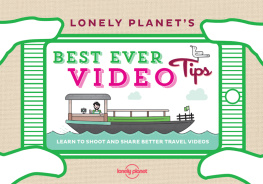



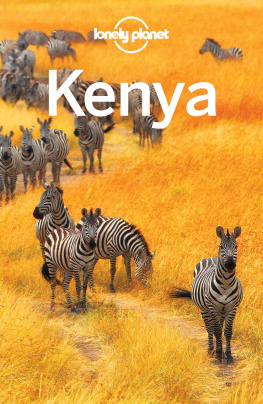
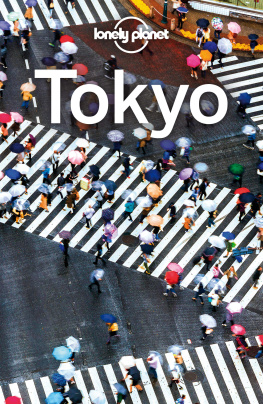
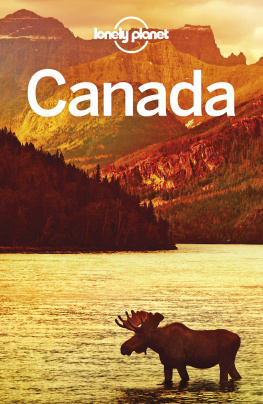


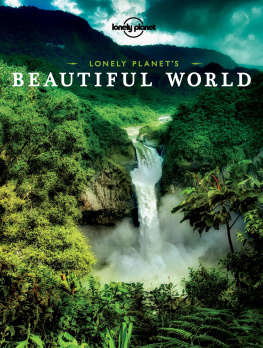





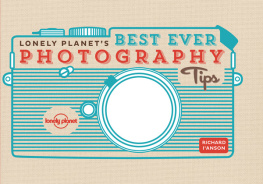
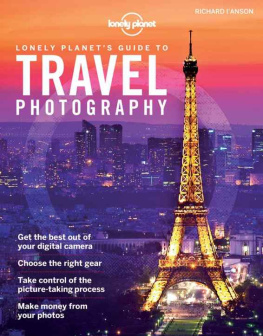







 If youre out for the whole day, bring a couple of extra batteries (1). Anything longer than a day and its time to start thinking about access to power so you can recharge (2). There are some great choices like Goal Zero for solar and battery packs that can charge on the go. See for more tips on staying charged.
If youre out for the whole day, bring a couple of extra batteries (1). Anything longer than a day and its time to start thinking about access to power so you can recharge (2). There are some great choices like Goal Zero for solar and battery packs that can charge on the go. See for more tips on staying charged.